16 December 2024
Yarning circles and educational workshops can help radiation therapists increase their First Nations cultural awareness, according to a recent paper published in the Journal of Medical Radiation Sciences.
The paper highlights that knowledge gaps in cultural safety can “impact practicing confidence and quality of care”. Its authors advocate for educational strategies to help radiation therapists “foster continuous learning”.
The Medical Radiation Practice Board of Australia includes providing culturally safe care as a key requirement for medical radiation practitioners. It strongly recommends education on First Nations cultural safety to ensure practitioners can work well in cross-cultural settings.

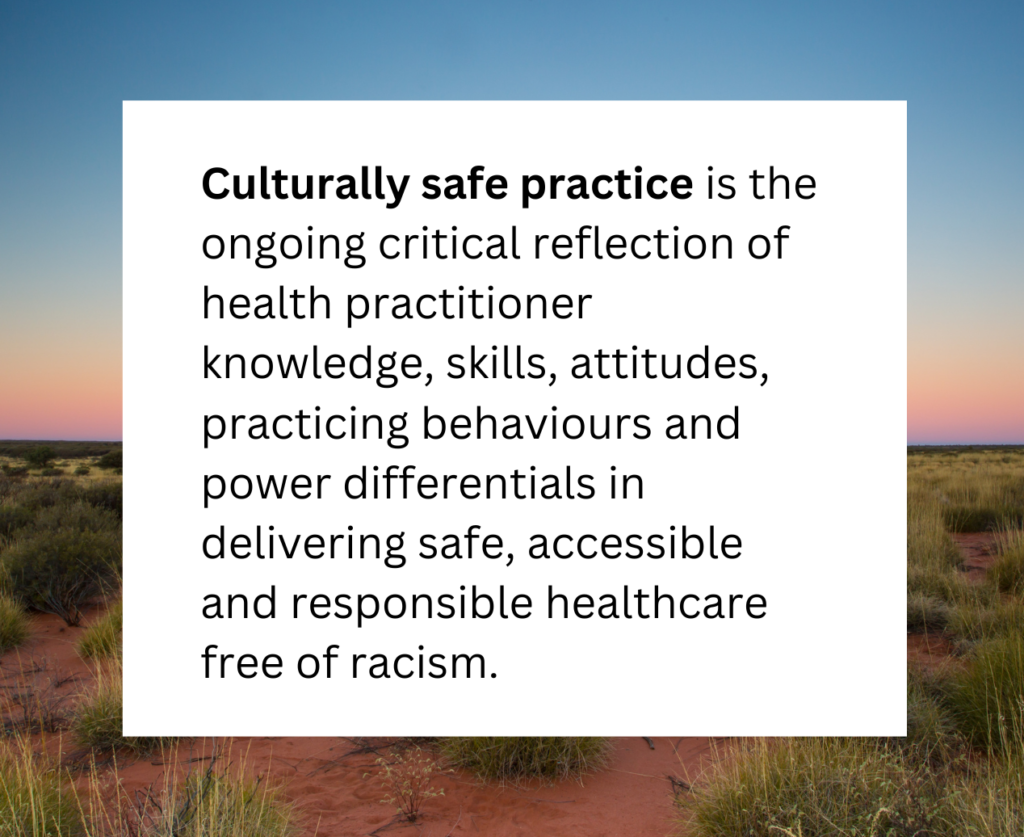
First Nations Australians are 40 per cent more likely to die of cancer than non-First Nations Australians. This makes improving cancer care essential in Closing the Gap.
The Alan Walker Cancer Care Centre (AWCCC) in Darwin is proof that a whole-of-organisation commitment to Aboriginal cultural safety can lead to better health outcomes. Within three years of the centre opening, cancer mortality in the Northern Territory dropped by 15 per cent.
Chief Radiation Therapist and Practice Manager, Giam Kar, says barriers for NT First Nations People include:
The AWCCC used a range of initiatives and strategies to address these challenges.
“We took a community-wide approach to improving clinical outcomes,” Giam says.
“We engaged the Indigenous-run health centres in the Northern Territory with cancer training courses, workshops, in-services and community events. It was important to build relationships with Indigenous community organisations and elders.”
Working with Aboriginal Health Workers (AHWs) and Practitioners (AHPs) was key to making patients feel comfortable and helping them follow through with their treatment. As locals, they already have strong connections within their communities and are fully committed to healthcare in those areas. Giam's team began teaching both formal and informal cancer education programs for AHWs, AHPs and community nurses. They also taught a comprehensive cancer curriculum program at the Batchelor Institute, Australia’s leading Tafe institution for Aboriginal Health Practitioners.
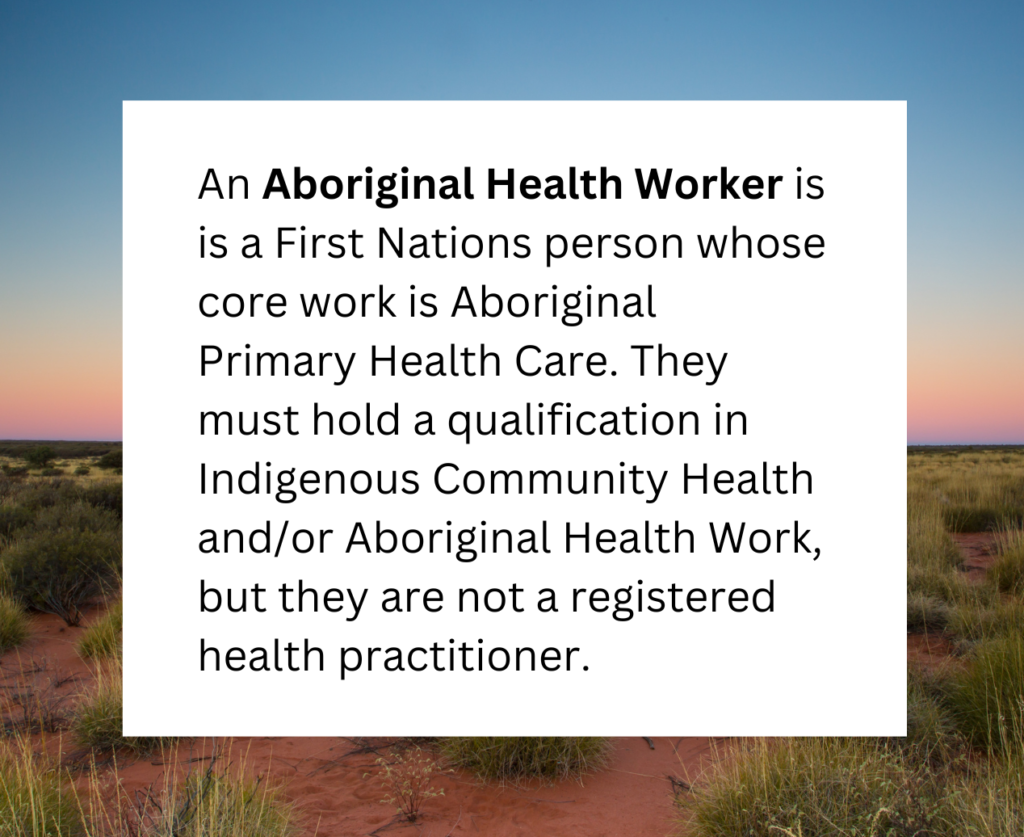
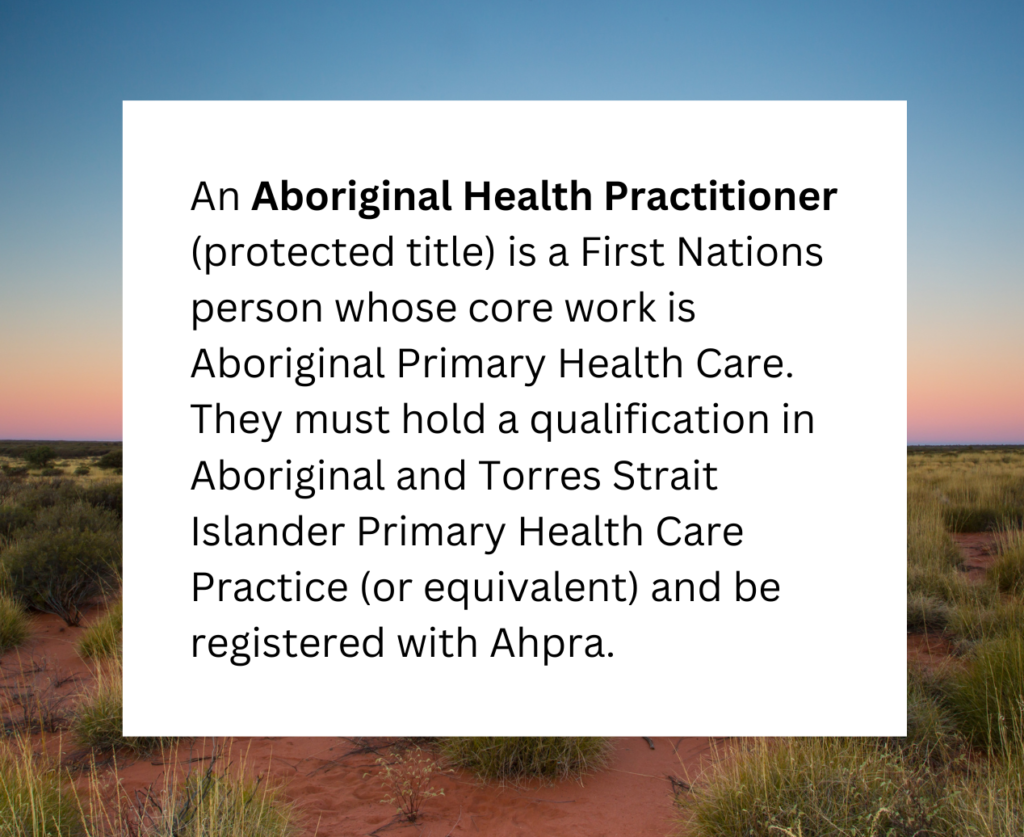
“We do not receive any special status or funding. Like other departments, we apply for grants and funding from the government, Cancer Council NT and Cancer Australia,” Giam says.
“We even engaged a large mining company to fund a pilot cancer navigation project in remote Borroloola. That project demonstrated significant improvement in cancer care coordination in the pathway from prevention, early detection, diagnosis, and treatment, to follow-up care.”
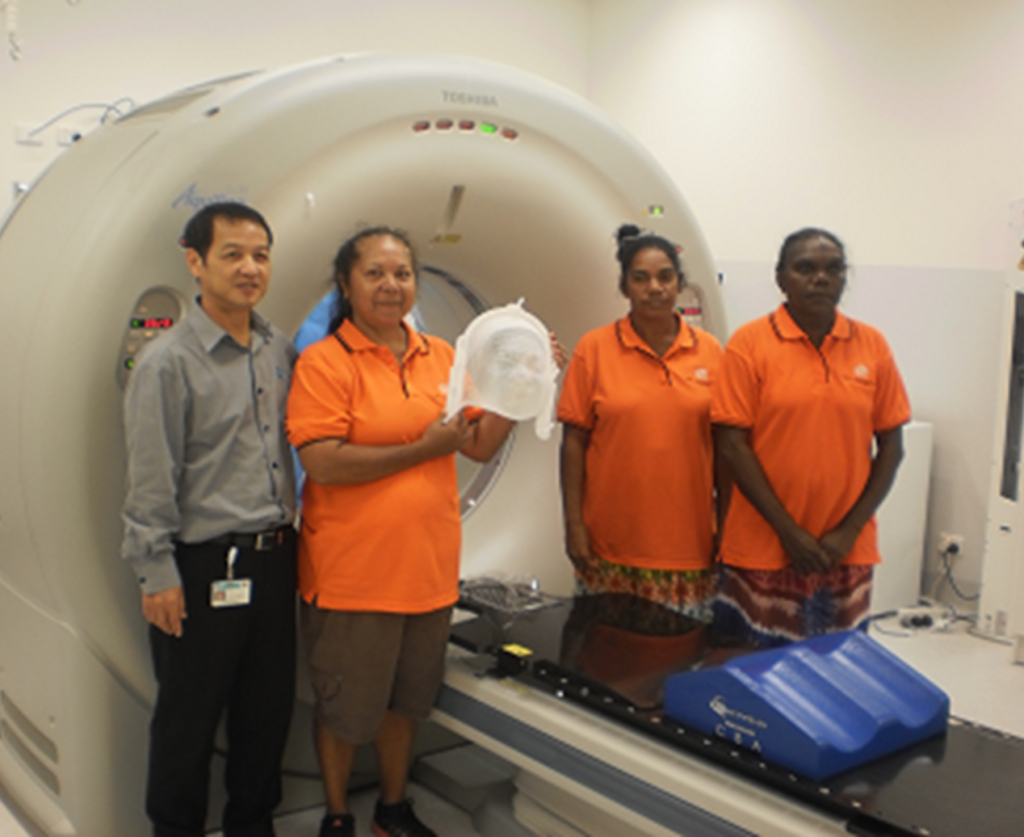
AWCCC efforts to improve First Nations cancer care began with staff reaching out to the NT Health Department to jointly create a quality policy framework. Giam says the framework helps ensure the whole organisation, including the leadership, are culturally aware and committed to providing culturally safe services.
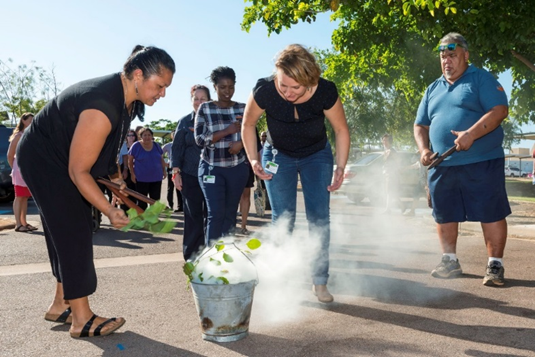
“We use audit processes to work out how we can improve our workforce’s cultural awareness and competency, improve the patient staff relationship, improve partnership, engagement and communication with primary care providers, strengthen the responsiveness and diversity in our workforce, increase the participation of Indigenous patients in clinical trials and promote cultural research.”
Today at the AWCCC, more than 90 per cent of First Nations patients complete their radiation therapy treatment, up from 70 per cent in the beginning. Learn more about the AWCCC’s community-wide approach to treatment by reading Giam’s paper, Tailoring Cancer Care to Aboriginal and Torres Strait Islander People in the Northern Territory.
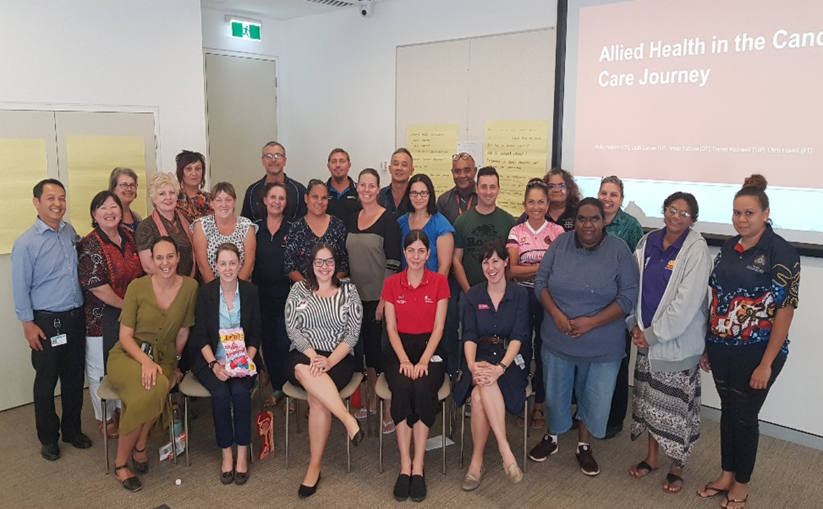
ASMIRT members have access to discounted Cultural Safety Training, through a partnership with Indigenous Allied Health Australia (IAHA). The training has three parts:
Level 1 - Cultural Awareness Foundations, provides an important foundation for cultural awareness and safety. This course takes you through the history of Aboriginal and Torres Strait Islander people and how this has formed the culture of today’s generation. It will also introduce the diversity of cultures and languages. This cultural awareness course is a first step toward being more culturally safe and responsive in day-to-day life.
Level 2 – Unpacking the Cultural Responsiveness Framework, defines the action steps required for change to occur at the systemic level, critical to building culturally responsive services in your workplace.
Level 3 – Looking through the Cultural Lens, explores the challenges of dominant culture and delves deeper into your own cultural journey, reflecting on the way you view the world through your own lens. From this perspective individuals can make radical changes to their personal leadership in the workplace and community engagement, creating culturally safe and responsive systems
This Cultural Safety Training represents approximately 13.5 hours of CPD.

